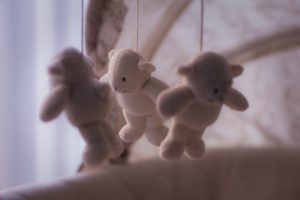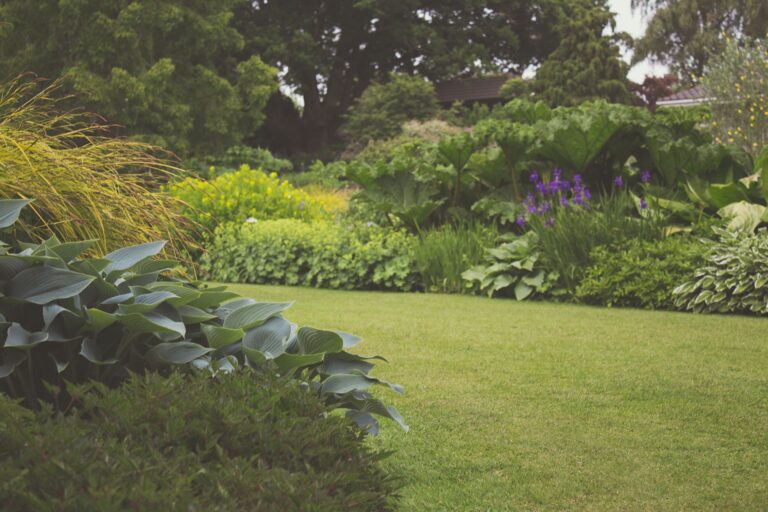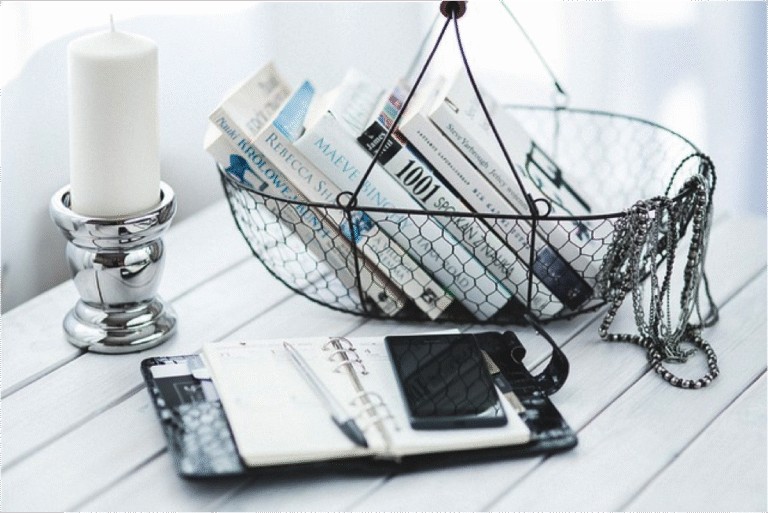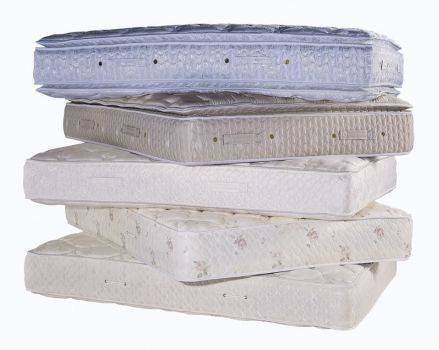Creating A Safe And Eco-Friendly Nursery For Your Baby
 We spend 90% of our time indoors where air pollution is two to five times higher than outdoor concentrations. Babies are more vulnerable to air pollution because their immune systems aren’t fully developed. Studies show children exposed to common volatile organic compounds like formaldehyde (present in carpets, paint, and furniture) even have higher risks of asthma. This is why planning a safe, non-toxic nursery for your baby is so important. Creating a chemical-free nursery will protect your baby while minimizing your impact on the environment.
We spend 90% of our time indoors where air pollution is two to five times higher than outdoor concentrations. Babies are more vulnerable to air pollution because their immune systems aren’t fully developed. Studies show children exposed to common volatile organic compounds like formaldehyde (present in carpets, paint, and furniture) even have higher risks of asthma. This is why planning a safe, non-toxic nursery for your baby is so important. Creating a chemical-free nursery will protect your baby while minimizing your impact on the environment.
Use VOC-free paint
Paint is a major source of harmful volatile organic compounds, which are released into the air long after the paint dries. Children with high concentrations of VOCs in their bedrooms were 4.2 times more likely to have rhinitis, twice as likely to have asthma, and 2.5 times more likely to have eczema than children with the lowest concentrations in their rooms. So, paint the nursery with low- or no-VOC paint. Be sure to complete the paint job at least two months before the baby is due. This will give the paint fumes enough time to clear and eliminate any risk to your baby.
Sustainable flooring
Carpets are also a source of VOCs, so avoid using them in your nursery. Carpets are further harmful to health as they trap more allergens and dirt and are harder to clean than other flooring options. If your floorboards are in good condition, use bare floorboards and a natural-fiber rug instead of carpet. Alternatively, cork is a great sustainable flooring option. Cork trees aren’t cut down for their bark, which regrows every three years. Cork is also antimicrobial and mold and mildew resistant, which lowers your baby’s exposure to allergens. Unlike other flooring options, cork doesn’t require time to off-gas for chemicals to dissipate or shed microfibers, which helps maintain healthy air quality.
Use organic and natural materials
Use as many organic natural fibers in your baby’s nursery as possible. Conventional cotton is the highest user of pesticides globally. Even worse, only 10% of these pesticides actually protect the cotton — the rest end up polluting the air and water. Moreover, one specific insecticide used to treat cotton is estimated to kill two million birds per year, according to the EPA. So, be sure to use organic materials like cotton, hemp, jute, and linen for bedding, clothes, swaddles, and toys. These materials can be grown without chemicals, which is better for both the environment and the health of your baby.
After all your hard work and sustainable updates, you don’t want to then pollute your baby’s nursery by using chemical cleaners. Only use natural, plant-based cleaners — or you can even choose to make your own. By doing everything you can to create an eco-friendly, non-toxic nursery, you can rest assured you’re getting your baby off to the best start in life.
By Sally Writes


